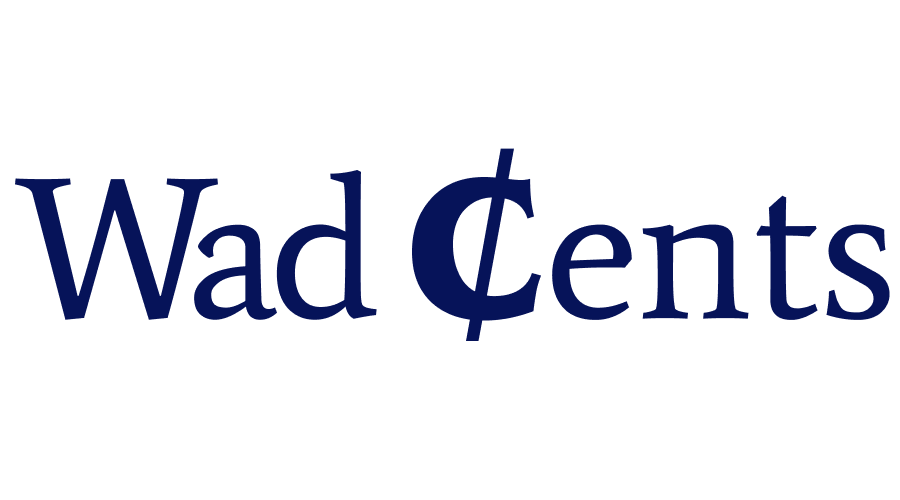A sudden toothache leads to an unplanned visit to the dentist, and before you know it, you have a huge unpaid bill that needs to be paid.
If you don’t have an emergency fund to draw from, one option you may consider is a hardship withdrawal from your 401(k). But, do dental expenses qualify for hardship withdrawal?
Let’s dive in to know if dental expenses qualify as a financial hardship and the options you have.
Do Dental Expenses Qualify for Hardship Withdrawal?
Dental expenses can qualify as medical expenses for a 401(k) hardship withdrawal under certain conditions. The IRS allows for hardship withdrawals to cover unreimbursed medical expenses, and dental expenses may fall under this category.
Necessary dental expenses, like money you need for treatments, procedures, and services essential for maintaining oral health may qualify for a hardship withdrawal.
However, cosmetic dental procedures that aren’t necessary for your health may not qualify for a hardship withdrawal. For example, elective cosmetic procedures like teeth whitening may not be eligible.
Additionally, you may have to provide documentation to support the nature and cost of the dental expenses you want to handle. This documentation may include dental bills, insurance statements, or other evidence of the incurred expenses.
Lying to get a hardship withdrawal can have serious implications.
What Qualifies as a Hardship Withdrawal?
If you have a 401(k) plan, and find yourself facing a financial hardship with no alternative ways of funds, you may consider taking a hardship withdrawal. However, not every expense you have can qualify for a hardship withdrawal.
For an expense to qualify for a hardship withdrawal, it must be an immediate and unavoidable financial difficulty. Buying a car or going for a vacation may probably not qualify for a hardship withdrawal.
Here are expenses that can qualify for an early withdrawal:
- Any healthcare expenses for you, your spouse, a dependent, or a beneficiary.
- When you are purchasing a principal residence.
- Costs required to prevent an eviction or foreclosure.
- Tuition money for you, your partner, your dependent, or your beneficiary.
- Funeral expenses for your spouse, a dependent, or a beneficiary.
- Finances to handle any damages done by a declared disaster.
- Expenses for repairs to your residence.
What Medical Expenses Can’t a Hardship Withdrawal Cover?
Medical expenses, whether for you, your partner, a dependent, or a beneficiary, can qualify as a hardship withdrawal. This includes medical care, prescription drugs, and specific preventive care.
However, some medical expenses don’t qualify for a hardship withdrawal. Here are some ineligible medical expenses:
Cosmetic surgery
Cosmetic surgery doesn’t qualify for a hardship withdrawal. However, in limited circumstances, it may be eligible if it is necessary to correct a deformity due to a congenital abnormality, personal injury, or disfiguring disease.
Health club dues
Expenses for health club dues or similar items do not qualify as medical expenses that require a hardship withdrawal. Therefore, for similar expenses, you may need to find other means to pay for the pending dues.
Non-prescription drugs
When you are unable to afford prescribed drugs, then a hardship withdrawal can swoop in and give you a boost for the purchase. However, over-the-counter medications that are not prescribed by a doctor may not qualify.
General health items
Expenses for general health items, such as vitamins or nutritional supplements, are not qualifying medical expenses. Therefore, you can’t access the hardship withdrawal unless the health items are necessary.
Hardship Withdrawal Rules for Eligibility
Hardship withdrawals follow rules that ensure that the money you withdraw goes into the expense that you are claiming. If you fail to meet these requirements, you can’t access the funds from your 401(k) plan.
First, you must ensure your plan allows hardship withdrawals. If you are unsure whether your plan allows hardship withdrawal, contact your plan administrator and ask whether your plan allows you to apply for a hardship withdrawal.
Next, you must ensure that the expenses you want to pay qualify for a hardship withdrawal. Some expenses are not legible for a hardship withdrawal, such as vacation expenses or the purchase of a second home. Therefore, the expense should be immediate and unavoidable for you to apply for a hardship withdrawal.
Another rule for hardship withdrawals is your withdrawal limit. There is a limit on how much money you can take from your 401(k) account in a hardship withdrawal. Normally, you will only be allowed to withdraw the amount you need to pay the expense, and any taxes and penalties you might face. This ensures you don’t withdraw excess funds from your 401(k) account.
Lastly, the IRS will require you to be in a position where you can’t get the money from anywhere else. Before you can make a hardship withdrawal, you should be able to prove you can’t get the money from any other sources.
Bottom Line
Medical emergencies can happen at any time, even at a time when you are flat broke to afford an extra bill. However, if you have accumulated money in a 401(k), it can come to your rescue to help you pay some unplanned expenses like dental costs through a hardship withdrawal.
However, some rules govern the eligibility of a hardship withdrawal. Therefore, even as you consider tapping into 401(k) for a hardship withdrawal, ensure you follow all the rules for a hardship withdrawal so that you can access the funds without any issues.
FAQ about Hardship Withdrawals
Can I lie on a hardship withdrawal application?
Providing false information on a hardship withdrawal application can have serious consequences. It is both unethical and may result in penalties, taxes, and potential legal actions. Most retirement plans have mechanisms to verify the accuracy of the information provided.
Can I apply for a hardship withdrawal more than once?
Yes, in most cases, you can apply for a hardship withdrawal more than once, provided you continue to meet the eligibility criteria. However, the specific rules can vary between retirement plans, so consult the plan administrator for accurate information on the frequency of hardship withdrawals.
What is a non-safe harbor hardship withdrawal?
A non-safe harbor hardship withdrawal occurs when the withdrawal does not meet the specific criteria outlined in the safe harbor provisions of IRS regulations. These withdrawals might be subject to additional scrutiny, and you should be aware of the plan-specific rules and potential consequences of such withdrawals.


